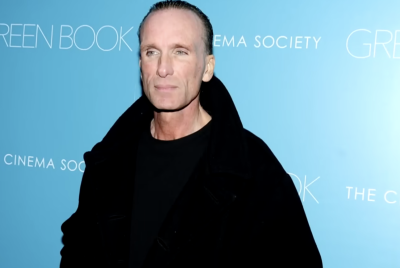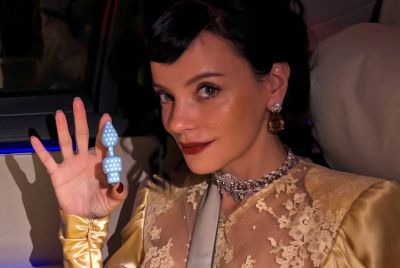Why 600,000 Australians tuned in to watch a silent three-hour train ride
No rush, welcome aboard the slow TV train.
An Australian TV programme featured a three-hour long train journey on 7 January. Just the train, no sound effects, accompanying music or editing whatsoever. There were no commercial breaks either. The Ghan: Australia's Greatest Train, showing on SBS, only stopped once the train reached its final destination.
It was not an action movie, although one could hear the small talk of the train operator in the background. The feature showcased information about the train, its line and model, but it could not be described as a documentary either. So why did more than 600,000 tune in to this Trainy McTrainface extravaganza? The Ghan is a new form of entertainment dubbed "Slow TV."
Slow TV showcases real-time events unedited and without audio. A departure from conventional blockbusters, it is a new genre marketed as a relaxing experience.
The trend has already been adopted in many countries before reaching the shores of Australia. It originated mainly in Norway, and soon spread to several Scandinavian countries' TV channels.
The first instance of slow TV dates back to 2009. The video showcased a train from Bergen to Oslo. Following the initial success, Norway's appetite for slow TV quickly spread to other European nations.
It is not just for train enthusiasts, though; slow TV could cover just about any subject.
In 2013, about a million Norwegians watched a 12-hour video titled: "The National Firewood Night," where nothing happened. Twenty percent of Norway's population relished watching wood burning in a fireplace.
Slow TV offers a wide range of programmes, including hours of salmon fishing, knitting or even just simply staring at a fire. The viewing contents does not necessarily have to be slow, they are just drama-free.
The reigning ultimate slow TV experience is without any contest a 168-hour video showcasing the migration of reindeers released in April 2017 on Norwegian TV. It is just hours of thousands of the animals trotting through Lapland.
Back then, the head of programming at Norwegian Broadcasting Corporation, Rune Møklebust said: "Norwegians are not really slow ... it's more like a coincidence that it happened here in the first place."
"Give anyone a story they really care about and they will pay attention," he added.
He was right, slow TV has been a hit on Netflix since August 2016.
Meanwhile, Australia will continue its slow TV experiment: the three-hour train journey was just a taster. SBS will soon release the full-length video of the journey, a measured 13-hour ramble.
Right now an Australian TV channel is broadcasting three hours of a rail journey with no plot and no dialogue..and it's still better than #BigBangTheory #TheGhan #SlowTv pic.twitter.com/nlYBQ61MGO
— Greg Barila (@GregBarila) 7 January 2018






















